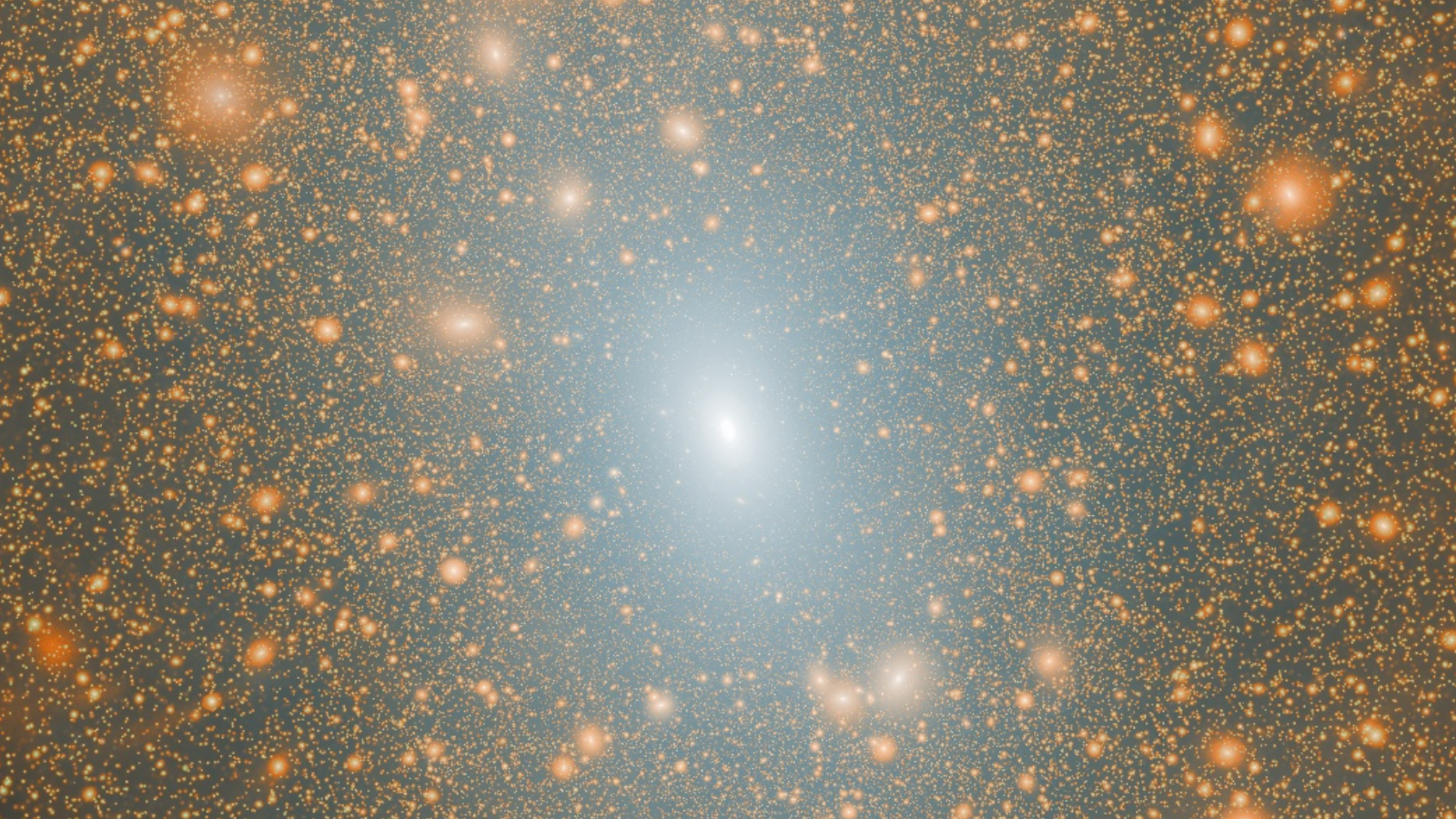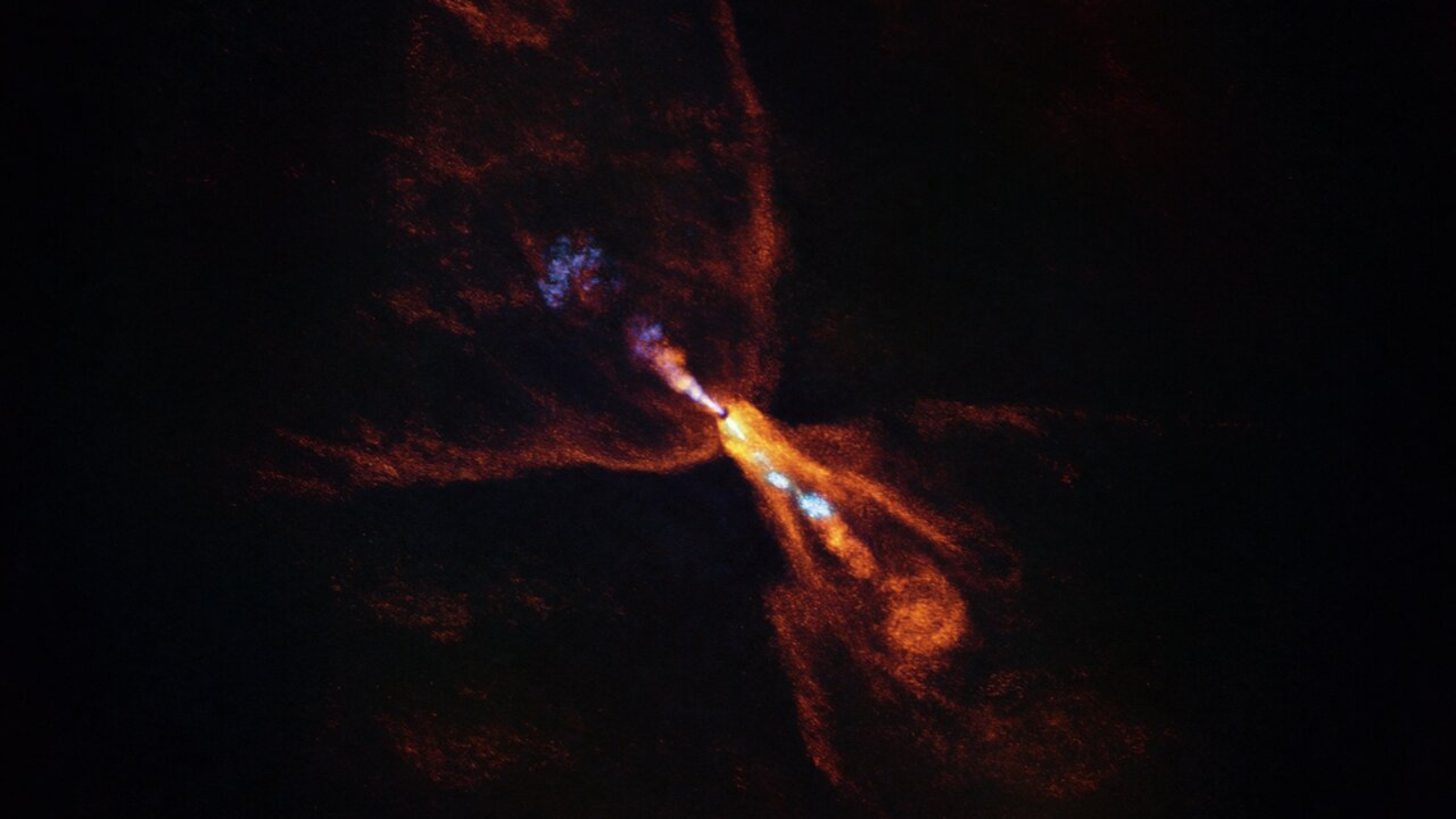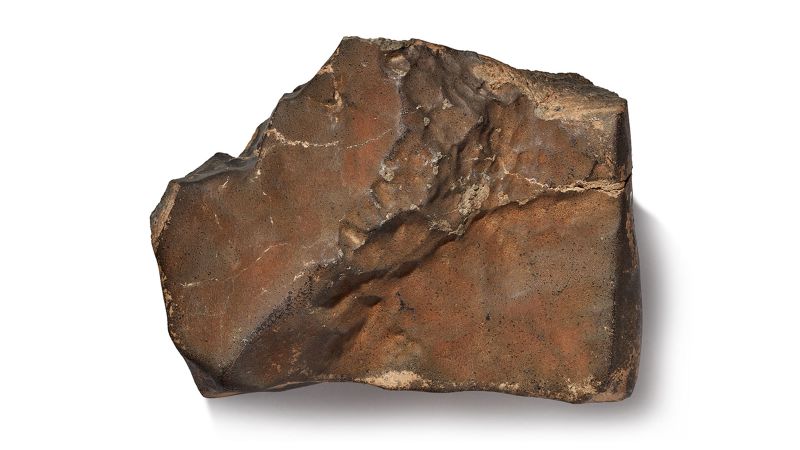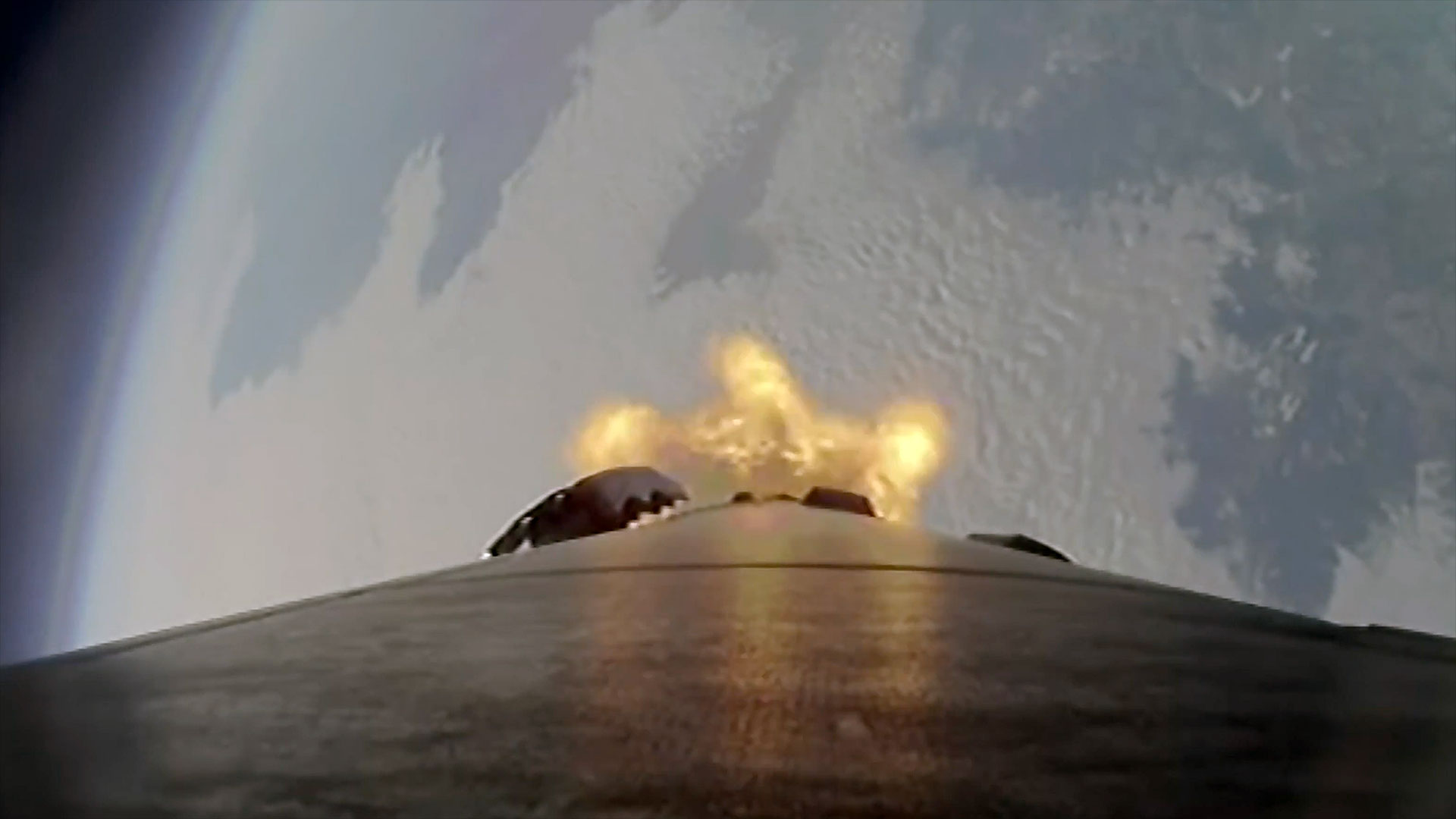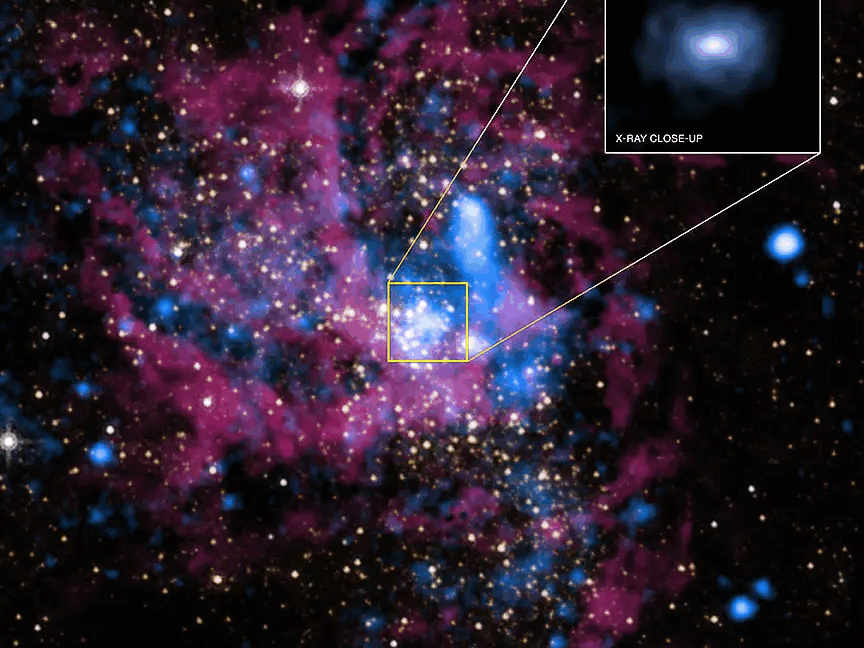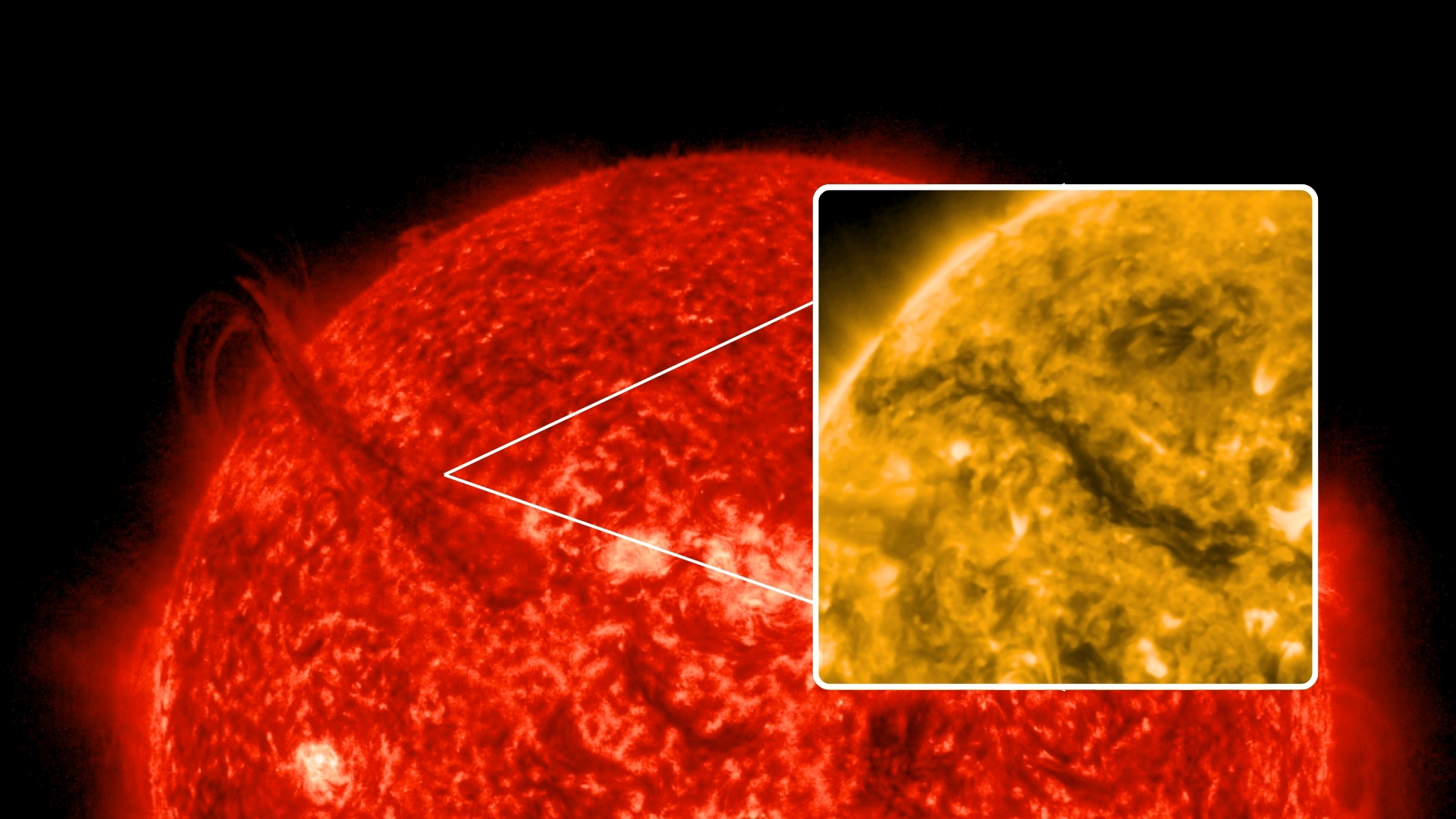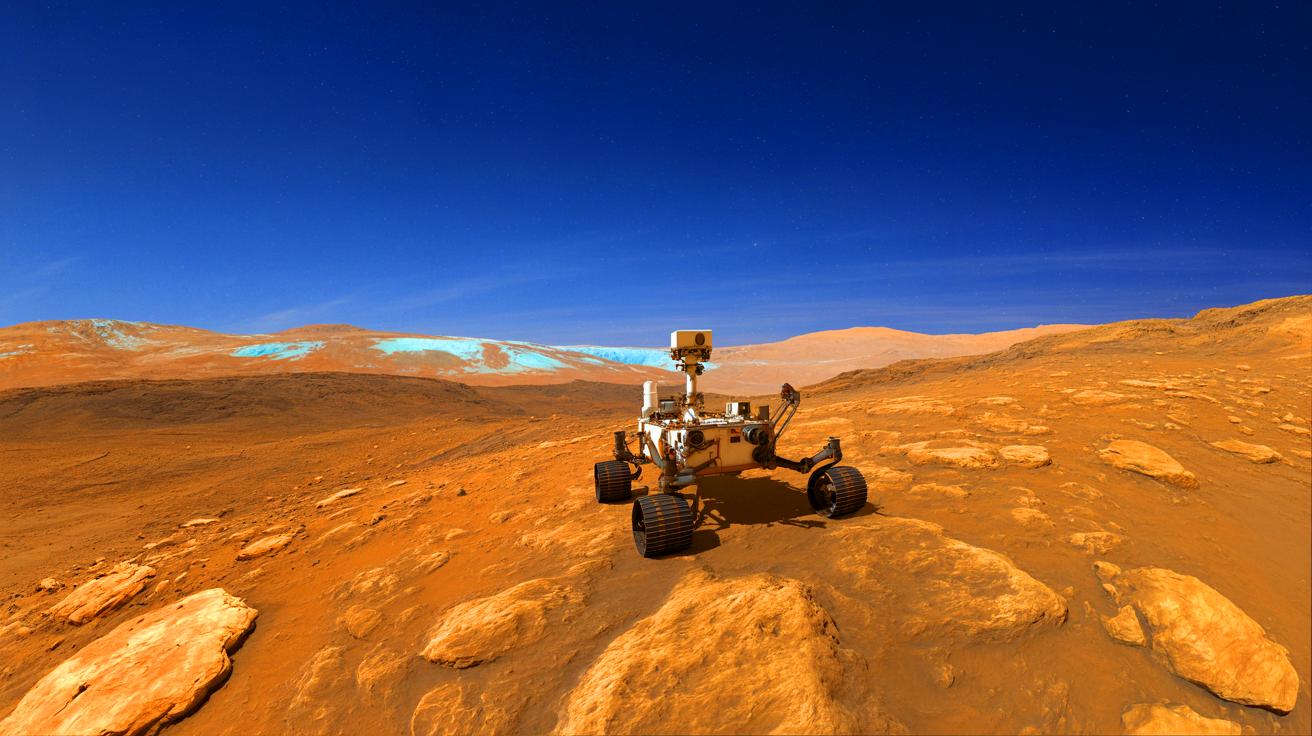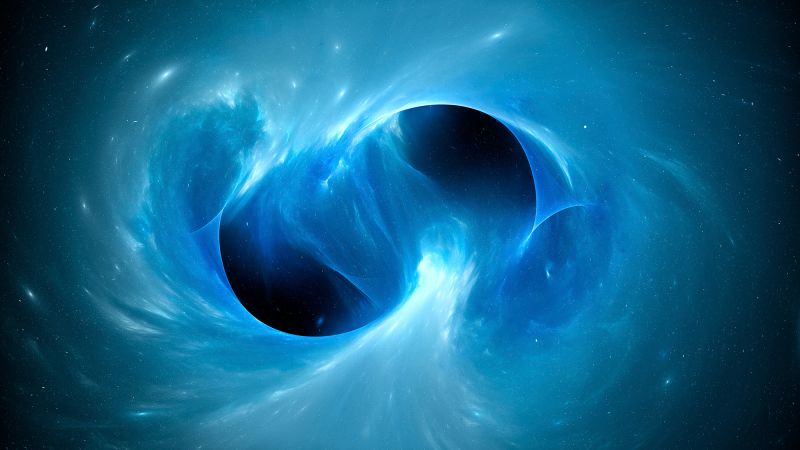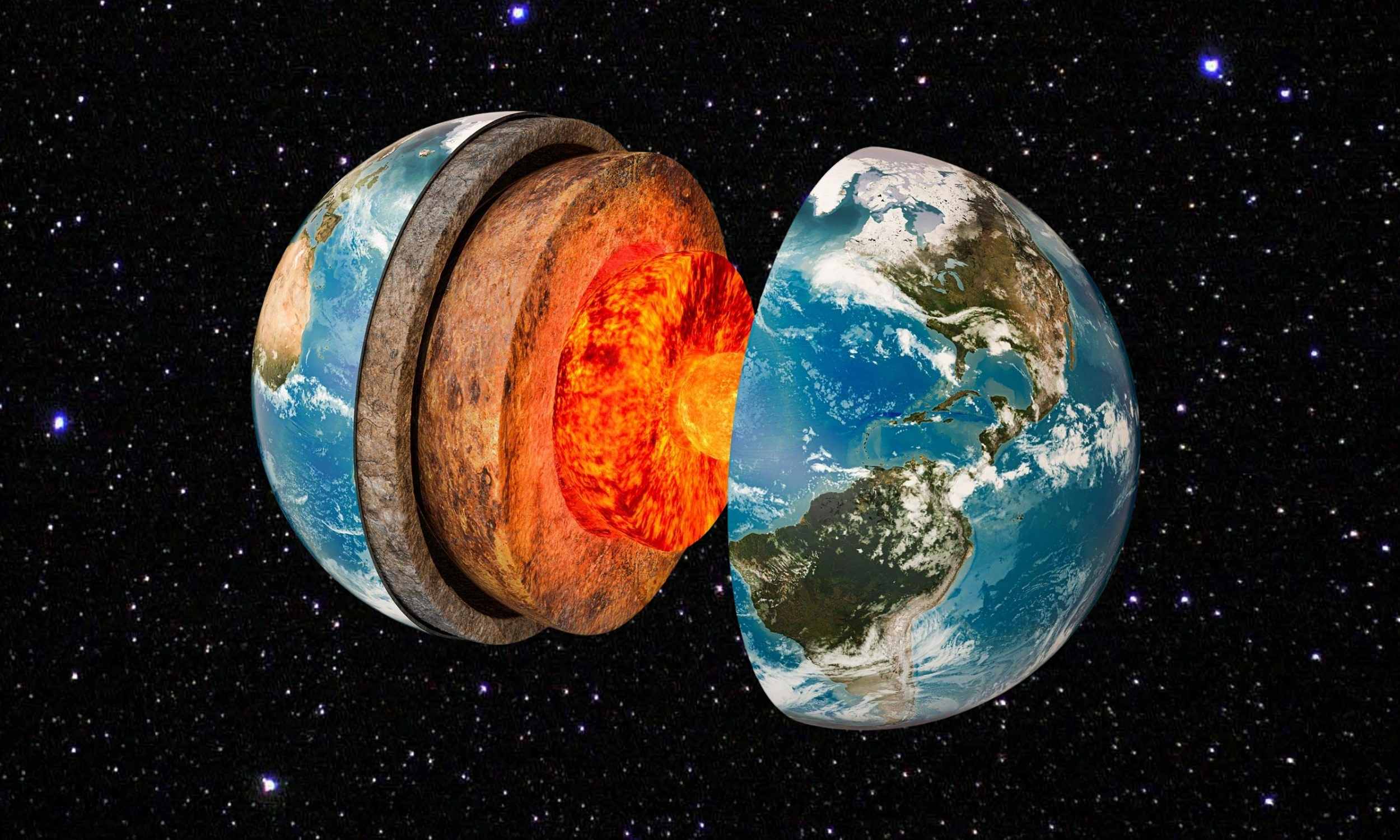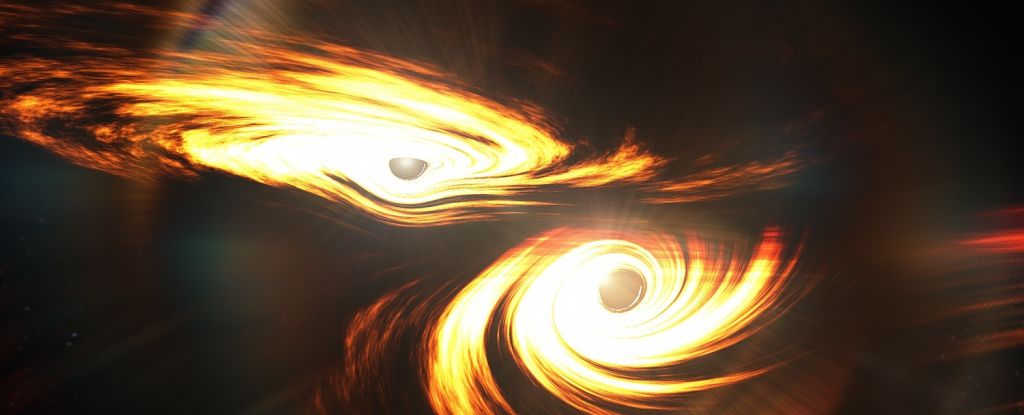Our Milky Way galaxy may be surrounded by 100 undetected 'orphan' galaxies
"One day soon we may be able to see these 'missing' galaxies, which would be hugely exciting and could tell us more about how the universe came to be as we see it today."
Space.com (www.space.com)
• Published 30 hours ago
(trending 1 hours ago)
• Viewed: 0
• Clicked: 0
Scientists achieve first experimental observation of the transverse Thomson effect
In a new Nature Physics paper, researchers report the first experimental observation of the transverse Thomson effect, a key thermoelectric phenomenon that has eluded scientists since it was predicted over a century ago.
Phys.Org (phys.org)
• Published 28 hours ago
(trending 1 hours ago)
• Viewed: 0
• Clicked: 0
Astronomers witness the birth of a planetary system for the 1st time (video)
"For the first time, we have identified the earliest moment when planet formation is initiated around a star other than our sun."
Space.com (www.space.com)
• Published 28 hours ago
(trending 1 hours ago)
• Viewed: 0
• Clicked: 0
World’s biggest Mars rock sells for $4.3 million at auction
A meteorite that is the largest known piece of Mars on Earth sold at a Sotheby’s New York auction Wednesday.
CNN (www.cnn.com)
• Published 26 hours ago
(trending 1 hours ago)
• Viewed: 0
• Clicked: 0
Can an extinct volcano come back to life? Scientists think they found out
The Uturuncu volcano in Bolivia, believed to be extinct for 250,000 years, shows internal signs of activity that surprise scientists.
Earth.com (www.earth.com)
• Published 41 hours ago
(trending 3 hours ago)
• Viewed: 0
• Clicked: 0
SpaceX launches 26 Starlink satellites into low Earth orbit from California
Liftoff occurred at 10:05 p.m. EDT on Tuesday (July 15).
Space.com (www.space.com)
• Published 40 hours ago
(trending 3 hours ago)
• Viewed: 0
• Clicked: 0
Meet Skydweller: A solar-powered drone that can fly for 90 days straight — it's wider and 160 times lighter than a Boeing 747
Skydweller is a solar-powered drone that can fly for up to three months without landing, with researchers hoping to one day achieve much longer flight times.
Live Science (www.livescience.com)
• Published 31 hours ago
(trending 3 hours ago)
• Viewed: 0
• Clicked: 0
There may be “dark main sequence” stars at the galactic center
Dark matter particle and antiparticle collisions could make some stars immortal.
Ars Technica (arstechnica.com)
• Published 31 hours ago
(trending 3 hours ago)
• Viewed: 0
• Clicked: 0
Colossal eruption carves 250,000-mile-long 'canyon of fire' into the sun (video)
A massive filament eruption carved a 250,000-mile-long "canyon of fire" into the sun — and sent a CME sailing into space.
Space.com (www.space.com)
• Published 31 hours ago
(trending 3 hours ago)
• Viewed: 0
• Clicked: 0
"Something Extraordinary Occurred": A New 380-Kilometer World Has Been Found In Our Solar System
Welcome to the neighborhood, Ammonite.
IFLScience (www.iflscience.com)
• Published 30 hours ago
(trending 3 hours ago)
• Viewed: 0
• Clicked: 0
Mars Isn’t as Red as You Think: A Physicist Uncovers the Real Color of the Red Planet—and the Optical Illusion Fooling Us All
IN A NUTSHELL 🌌 Mars’ Red Color is due to iron oxide, or rust, covering its surface, linking its hue to both mythology and science. 🚀 Probes and rovers have revealed Mars’ surface is not uniformly red but varies from rusty brown to tan, with white ice caps …
Energy-reporters.com (www.energy-reporters.com)
• Published 29 hours ago
(trending 3 hours ago)
• Viewed: 0
• Clicked: 0
Astronomers detect most massive black hole collision to date
Using ripples in space-time predicted by Einstein, a team of researchers has detected a cosmic merger of unprecedented proportions.
CNN (www.cnn.com)
• Published 29 hours ago
(trending 3 hours ago)
• Viewed: 0
• Clicked: 0
Astronomers capture the birth of planets around a baby sun outside our solar system
Astronomers have discovered the earliest seeds of rocky planets forming around a baby sun-like star. They reported Wednesday that it's an unprecedented snapshot of “time zero” when new worlds begin to gel. The Dutch-led team used NASA's Webb Space Telescope a…
Associated Press (apnews.com)
• Published 28 hours ago
(trending 3 hours ago)
• Viewed: 0
• Clicked: 0
Scientists think they found Earth's 'missing nitrogen' in a very unexpected place
Scientists discover that large amounts of nitrogen could be hidden in the Earth's metallic core, which would solve a geological mystery.
Earth.com (www.earth.com)
• Published 42 hours ago
(trending 5 hours ago)
• Viewed: 0
• Clicked: 0
Record-Sized Collision Between Black Holes Detected by Astronomers
Two black holes have collided in a merger that could revolutionize our understanding of black hole growth.
ScienceAlert (www.sciencealert.com)
• Published 40 hours ago
(trending 5 hours ago)
• Viewed: 0
• Clicked: 0
Science suffers when meteorites and fossils become an asset class
As wealthy buyers rush for these new collectibles, museums and universities risk turning into impotent onlookers
Financial Times (www.ft.com)
• Published 39 hours ago
(trending 5 hours ago)
• Viewed: 0
• Clicked: 0
The handshake in orbit that made the International Space Station possible
In 1975, a meet-up between American and Soviet spacefarers in orbit showed that the superpowers could work together. Its positive effects led to the International Space Station.
BBC News (www.bbc.com)
• Published 34 hours ago
(trending 5 hours ago)
• Viewed: 0
• Clicked: 0
Exclusive | I smoked just once and had to be put on life support — doctors found mold growing in my lungs
Madelynn May, now 23, was coughing, breathless and then passed out — only to later wake up as she was being driven to the hospital.
New York Post (nypost.com)
• Published 33 hours ago
(trending 5 hours ago)
• Viewed: 0
• Clicked: 0
Despite chronic letdowns, NASA just can’t quit Boeing’s Starliner
NASA is doing all it can to ensure Boeing doesn’t abandon the Starliner program.
Ars Technica (arstechnica.com)
• Published 38 hours ago
(trending 11 hours ago)
• Viewed: 0
• Clicked: 0
Rare distant object 2020 VN40 found in perfect sync with Neptune
A team of astronomers led by the Center for Astrophysics | Harvard & Smithsonian has discovered a rare object far beyond Neptune, from a class known as trans-Neptunian objects, that is moving in rhythm with the giant planet. This object, called 2020 VN40, is …
Phys.Org (phys.org)
• Published 43 hours ago
(trending 1 hours ago)
• Viewed: 0
• Clicked: 0
